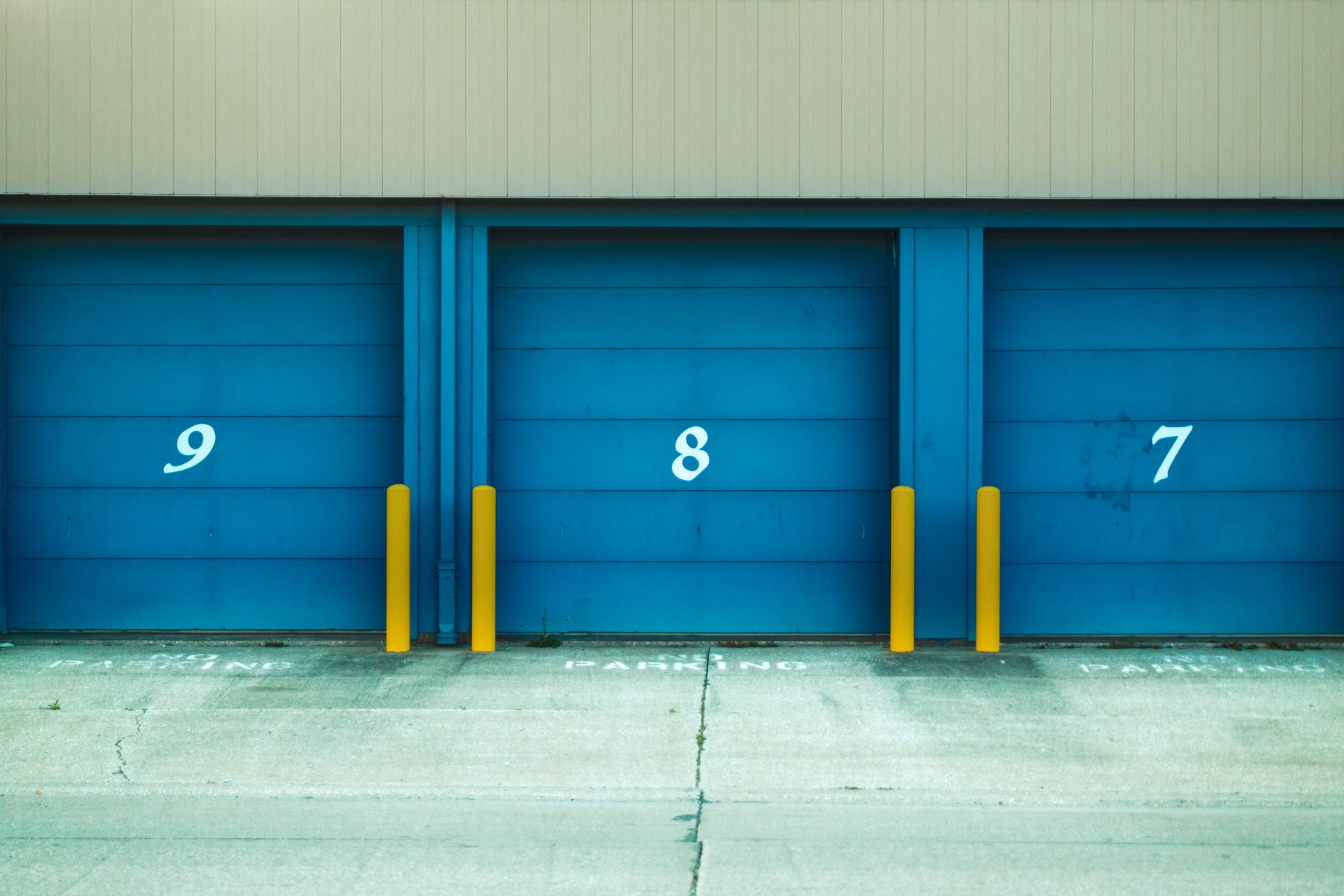Garage door installation is more than just an assembly of parts. It's a carefully orchestrated process that demands precision, the right tools, and a good understanding of safety precautions. Call Walsh Garage Door Repair for a garage door installation.
Garage Door Costs
It's no secret that garage doors aren't cheap. By keeping your door in good condition, you can avoid costly replacements and emergency repairs. You see, a well-kept door reduces the risk of expensive replacements and emergencies.A penny saved is indeed a penny earned when it comes to your garage door costs. According to HomeAdvisor, the average cost for installing a new one ranges from $730 to $1,450 depending on various factors like size, material type, insulation options among others. Yet, investing time in maintaining your existing door can significantly cut these expenses down.
You might be thinking about doing DIY repairs as an option to save money. But before you grab those tools and start fixing things up yourself remember this - while YouTube tutorials make everything seem simple enough they often overlook essential safety measures.Critical mistakes during installation or repair can lead not only to costly damages but also pose serious risks like injuries due to improper handling of heavy materials or incorrect use of power tools.

Maintenance is key when we talk about saving money on garage doors. Regular checks let us spot minor issues before they escalate into major problems requiring costly fixes or replacements.
The lifespan of your garage door depends heavily on its parts. But certain components wear out faster due to their role in the operation.
Without a doubt, springs are one of the most frequently replaced parts on a garage door system. These heavy-duty coils bear much of the weight during lifting and lowering phases. They're built tough, but even so, they have a finite life cycle – usually between 7-9 years with normal use (Family Handyman). When you notice slow movement or hear loud noises when operating your door, it's time for spring replacement.
Next up are cables - essential but often overlooked elements in garage doors systems. These steel wires transfer force from springs to lift or lower your door smoothly. Over time though, stress and friction can lead them to fray or snap altogether. To prevent accidents caused by broken cables (Door Doctor), make sure you replace these every few years depending on usage frequency.
A small yet significant part is rubber seal (or weather stripping). It prevents outside elements like rainwater or pests from entering through gaps around your garage doors edges while maintaining indoor temperature efficiency. However, this protective barrier tends to degrade over time because it’s exposed directly to outdoor conditions which makes frequent replacements necessary.
Sensors act as safety guards, stopping the door from closing when there's an obstruction in its path. They're located near the ground on either side of your garage entrance. Lastly, we have rollers - these small wheels ensure smooth operation by guiding doors along their tracks during movement phases. But continuous friction causes them to wear out over time making it harder for doors to move efficiently which then puts more strain on other components too.